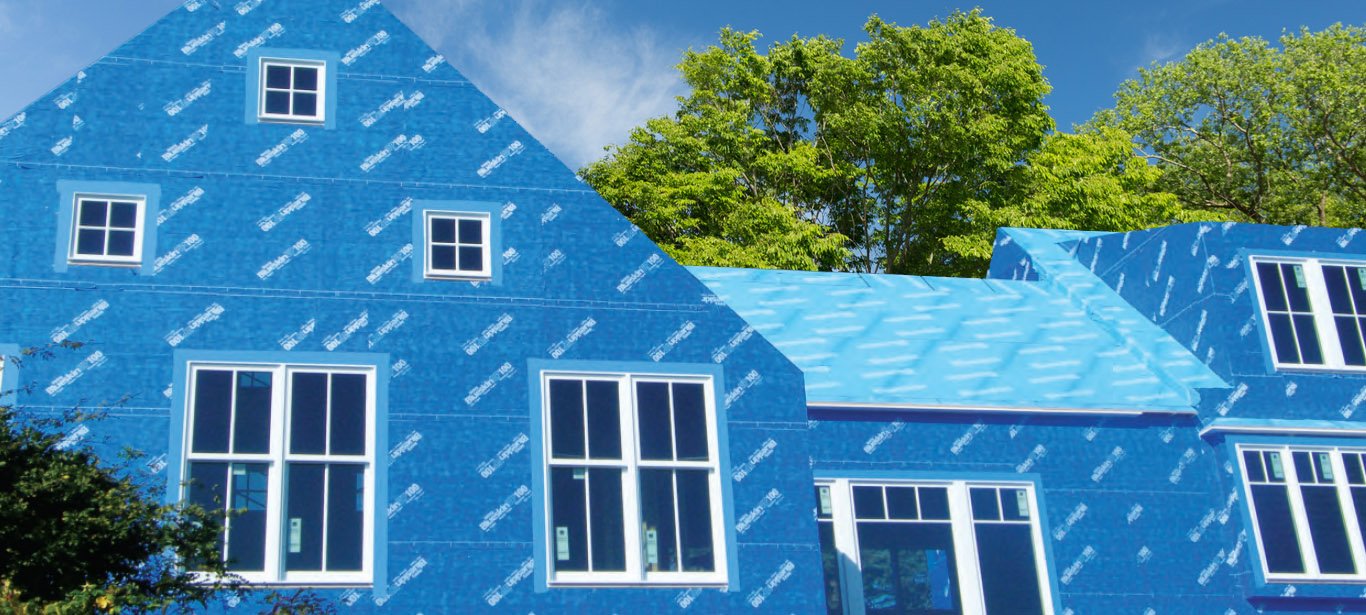Table of Contents
- Is Blueskin a vapour barrier?
- What is Blueskin used for?
- Blueskin Air Vapor Barriers – Blueskin VP160
- Feature of Blueskin VP160
- Is the Blueskin breathable?
- Blueskin VP™ Next-Generation Building Envelope System® for Residential and Commercial Construction
- How do you use Blueskin foundation?
- 7 step foundation waterproofing
 Is Blueskin a vapour barrier?
Is Blueskin a vapour barrier?
Self-Adhesive Air and Vapor Barrier Membrane
Blueskin® SA is impermeable to air, moisture vapour, and water and can be easily installed on various prepared substrates.
What is Blueskin used for?
Blueskin Butyl Flash Window and Door Flashing are intended to be used as a hidden peel-and-stick membrane that prevents water, air, and moisture infiltration. It’s widely used in residential construction to provide a weather-tight seal around windows and doors, sheathing joints, and as a general flashing.
Blueskin Air Vapour Barriers – Blueskin VP160
This sheet-applied membrane is a self-adhered air barrier product with vapour permeable and water-resistant qualities. Blueskin VP160 is a self-adhered vapour-permeable, water-resistive air barrier membrane consisting of an engineered film and a patented, absorbent adhesive technology with split-back poly-release film.
Feature of Blueskin VP160
- Meets highest industry requirements for commercial air barriers
- Sheds water while allowing vapour to pass through allowing walls to drain and substrates to dry
- Helps to increase building thermal performance by creating a constant plane of airtightness
- Fully adheres to substrates eliminating water migration
Is the Blueskin breathable?
Blueskin VP™ is a fully integrated, self-adhered, vapour-permeable air and water barrier membrane. This ground-breaking product offers a way to fully seal the building enclosure, preventing air leakage while maintaining a continuous drainage plane that allows for excellent breathability. Fully adhered technology represents a new standard of protection and performance compared to older mechanically.
Blueskin VP™ Next-Generation Building Envelope System® for Residential and Commercial Construction
Blueskin VP™ is easily applied to walls, transitions and around wall openings. It is used in a “weatherboard” style with simple hand tools, and no mechanical attachment is required. These one-of-a-kind technical features would provide best-in-class building envelope protection.
Fully integrated air barrier membranes have several proven properties that can improve the building envelope’s performance as well as the thermal performance of wall systems, lowering HVAC operating costs over the life of the enclosure.
How do you use Blueskin foundation?
While many foundation companies offer solutions that include some of the steps discussed here, most do not implement the 7 step course that makes this the best suitable solution for damp or wet basements.
7 step foundation waterproofing to make and keep your basement dry:
- Foundation Excavation Starts the Waterproofing Process – Using a combination of machine and hand digging, you can gain access to your foundation and begin the waterproofing process without risking damage to it.
- Repair any damage to the foundation and apply two coats of parging – This step may differ depending on the condition of the foundation. The foundation will need to be rebuilt if there is any significant damage. The parging serves as a damp-proofing barrier and a foundation for the subsequent waterproofing layers.
- Add a footing bevel where the foundation wall meets footing – In addition to parging the foundation, have the contractor pour a concrete bevel at the foundation and footing intersection. This process helps to protect one of the foundation’s most vulnerable areas. This seam is a common entry point for water from basements.
- Apply AquaBloc primer and apply BlueSkin waterproof membrane – After the parging layers have dried, a primer is applied, followed by the Blueskin. The priming layer creates an ideal surface for the Blueskin to adhere to and provides some damp-proofing on its own.
- Apply Platon Membrane – After the Blueskin, the foundation should be wrapped in Platon Membrane, which acts as the first line of defence against water and protects the Blueskin membrane physically.
- Install new weeping tile – The following two steps in ensuring a dry basement, proper drainage and grading, are perhaps the most crucial. When water flows down the Blueskin and Platon membranes, a system must be in place to transport the water away from the foundation.
Backfill and grade property away from the foundation. – Following the waterproofing steps, the excavation around the foundation is backfilled and graded so that there is enough slope around the house for water to run away from the foundation. The first line of defence in maintaining a dry basement is to keep water away from the foundation.
